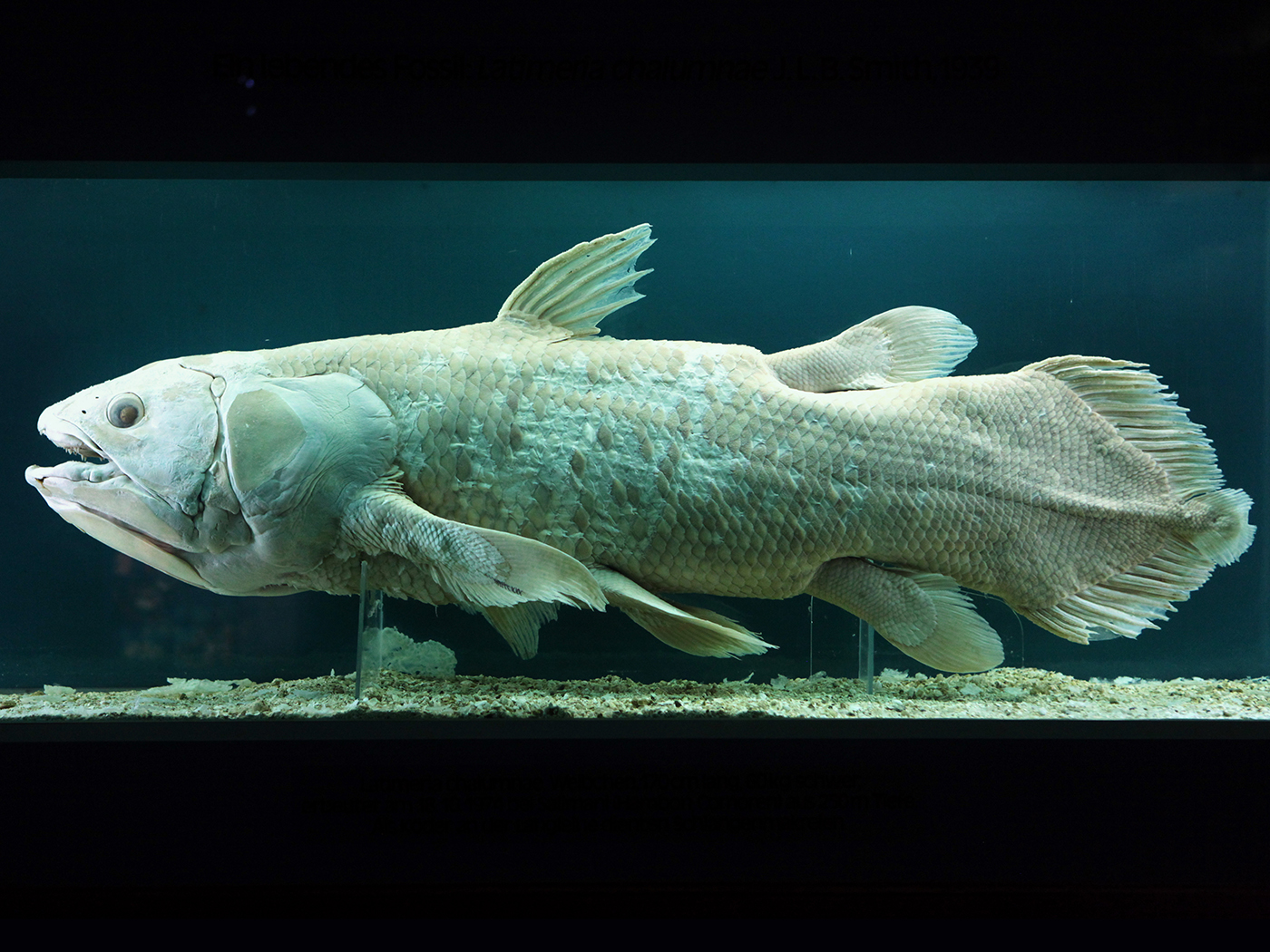Imagine going to a doctor with a flare-up of gout or a migraine. To your utter shock, the physician calmly instructs you to reach into a water tank and hug an electric fish. This is what Roman physician Scribonius Largus prescribed in his Compositiones Medicae in 46 AD, and it worked too well, probably killing the patient.
Some of the more amazing fish are those that are designed to produce electricity. The South American electric eel of the genus Electrophorus can produce almost 600 volts, enough to stun a man and even knock a horse off its feet. Like the pacemaker in a heart patient's heart, these creatures use bioelectric generators to build up, then rapidly discharge a shock. The neurotransmitter acetylcholine is released from electromotor neurons (nerve cells) to the eel's neatly-stacked electrocytes (the voltage-generating cells) and zap!
The Pacific electric ray (Torpedo) can also deliver a jolt when bothered. And a family of fish called stargazers, with heavy, large heads, are designed to remain motionless on the bottom until a victim swims nearby. Then the prey is stunned with a 50-volt punch and eaten.
Researchers long ago learned that these aquatic creatures had bundles of muscle fibers that act much like a car battery. These fibers are highly efficient, able to deliver discharges hundreds of times per second at different voltages according to the creature's need. How do electric fish and eels generate their charges, as well as use them for a wide variety of purposes? Is there a cogent and compelling evolutionary explanation?
In 2004, British and French scientists discovered that weakly electric fish in Africa and South America send out pulses and waves of electricity, respectively. This is fascinating because they hunt tiny larvae at night, when their eyes are useless. So the Creator gave them electric eyes. Neuroscientist Curtis Bell of Oregon Health & Science University described how the fish can “see their three-dimensional electrical world.”1
Christian Graff of the Laboratoire de Biologie du Comportement in Grenoble, France, and three others used the term "electroperception" to describe how the fish can discern distances, shapes, motions, and textures.2 Each object the fish encounters has its own electrical signature. The fish detects that signature with special nerve structures in its skin that act like a retina, although these sensors are tuned to electricity rather than light. The rich amount of information received is coordinated and mapped to produce a 3D color image.
Electric eels have stimulated the field of medical implants. Researchers at Yale University and the National Institute of Standards and Technology seem to recognize superior design, if not the obvious implication of the superior Designer:
Applying modern engineering design tools to one of the basic units of life, they argue that artificial cells could be built that not only replicate the electrical behavior of electric eel cells but in fact improve on them.3
NIST engineer David LaVan also used this creation language while addressing model electric eel cells.
Do we understand how a cell produces electricity well enough to design one--and to optimize that design?4
If humans, as intelligent agents, have a difficult time reverse-engineering biological mechanisms like these electricity-producing organs, then it is reasonable to assume that nature, as an unintelligent non-agent, was not responsible for the initial engineering. As shocking as this idea is to worshippers of nature, that glory belongs to the Creator.
References
- Greene, K. Electric Sense Sharper Than Thought. Science Daily News. Posted on sciencenow.sciencemag.org May 5, 2004, accessed March 5, 2009.
- Graff, C. et al. 2004. Fish Perform Spatial Pattern Recognition and Abstraction by Exclusive Use of Active Electrolocation. Current Biology. 14 (9): 818-823.
- Xu, J. and D. A. Lavan. 2008. Designing artificial cells to harness the biological ion concentration gradient. Nature Nanotechnology. 3 (11): 666-670.
- Models of Eel Cells Suggest Electrifying Possibilities. National Institute of Standards and Technology press release, October 1, 2008.
* Mr. Sherwin is Senior Science Lecturer at the Institute for Creation Research.
Image credit: Copyright George Perina. Used by permission.
Cite this article: Sherwin, F. 2009. A Shocking Group of Fish and Eels. Acts & Facts. 38 (4): 17.

















